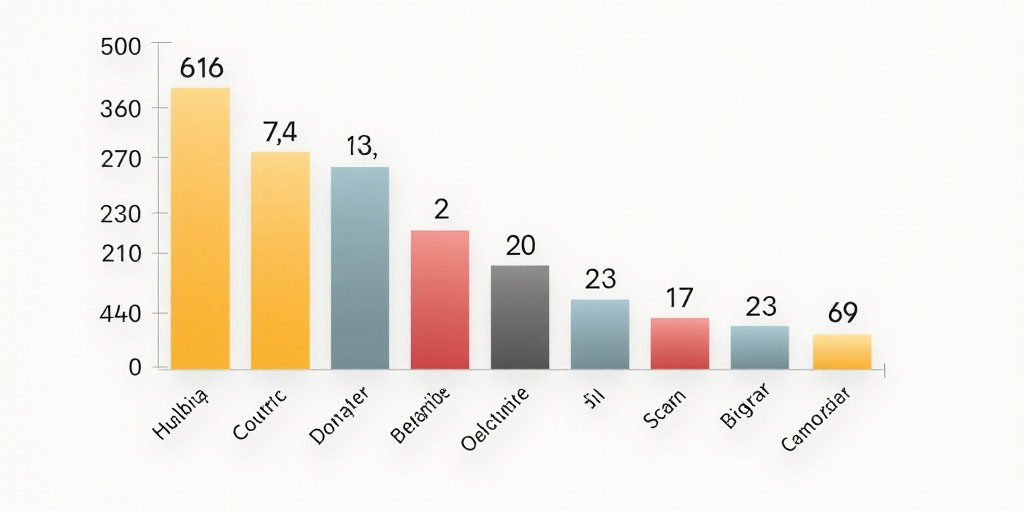Background on Mexico’s Trade Relations with China
Over the past decade, from 2014 to 2024, Mexico has seen its trade deficit in goods with China double. In 2023, the deficit reached a record high of $119.858 billion, according to data from Mexico’s National Institute of Statistics and Geography (Inegi).
Exports from Mexico to China vs. Imports
In 2024, Mexico’s exports to China amounted to $9.937 billion, while imports from China totaled $129.795 billion.
A significant portion of Mexico’s Chinese imports are intermediate goods used in the production of export-ready final products, highlighting China’s competitive edge in supplying these inputs.
Meanwhile, Mexico’s primary exports to China consist of products or inputs for the metalworking industry, which account for 56% of these exports.
Impact and Relevance
Mexico’s growing trade deficit with China has several implications for its economy and industries.
- Competitive Pressure: The influx of cheaper Chinese intermediate goods puts pressure on Mexican manufacturers to lower their production costs or risk losing competitiveness in both domestic and international markets.
- Industry Specialization: The dominance of metalworking-related exports to China suggests that Mexico’s economy is increasingly specializing in this sector, potentially at the expense of diversifying into other industries.
- Trade Imbalance: The widening trade deficit with China could lead to a broader trade imbalance, affecting Mexico’s overall balance of payments and potentially impacting the value of its currency.
Who is Affected and How?
Various stakeholders are impacted by Mexico’s growing trade deficit with China:
- Manufacturers: Domestic manufacturers face increased competition from Chinese imports, which may force them to innovate or restructure their operations to remain competitive.
- Workers: Workers in industries affected by the trade deficit might experience job losses or wage stagnation as companies adjust to the changing market dynamics.
- Consumers: While consumers may benefit from lower prices on certain goods due to Chinese imports, they might also face higher prices for domestically produced goods if local industries struggle to compete.
Key Questions and Answers
- What caused Mexico’s trade deficit with China to double in a decade? The growing importation of cheaper Chinese intermediate goods used in Mexican manufacturing, coupled with a concentration of exports primarily in metalworking-related products, contributed to the widening deficit.
- How does this trade imbalance affect Mexican industries? The imbalance puts pressure on manufacturers to lower costs, encourages industry specialization in metalworking, and may lead to broader trade imbalances impacting Mexico’s balance of payments.
- Who is most affected by this trade deficit? Manufacturers, workers in affected industries, and consumers are all impacted by the trade deficit, each experiencing varying degrees of competitive pressure, job security concerns, and price fluctuations.






